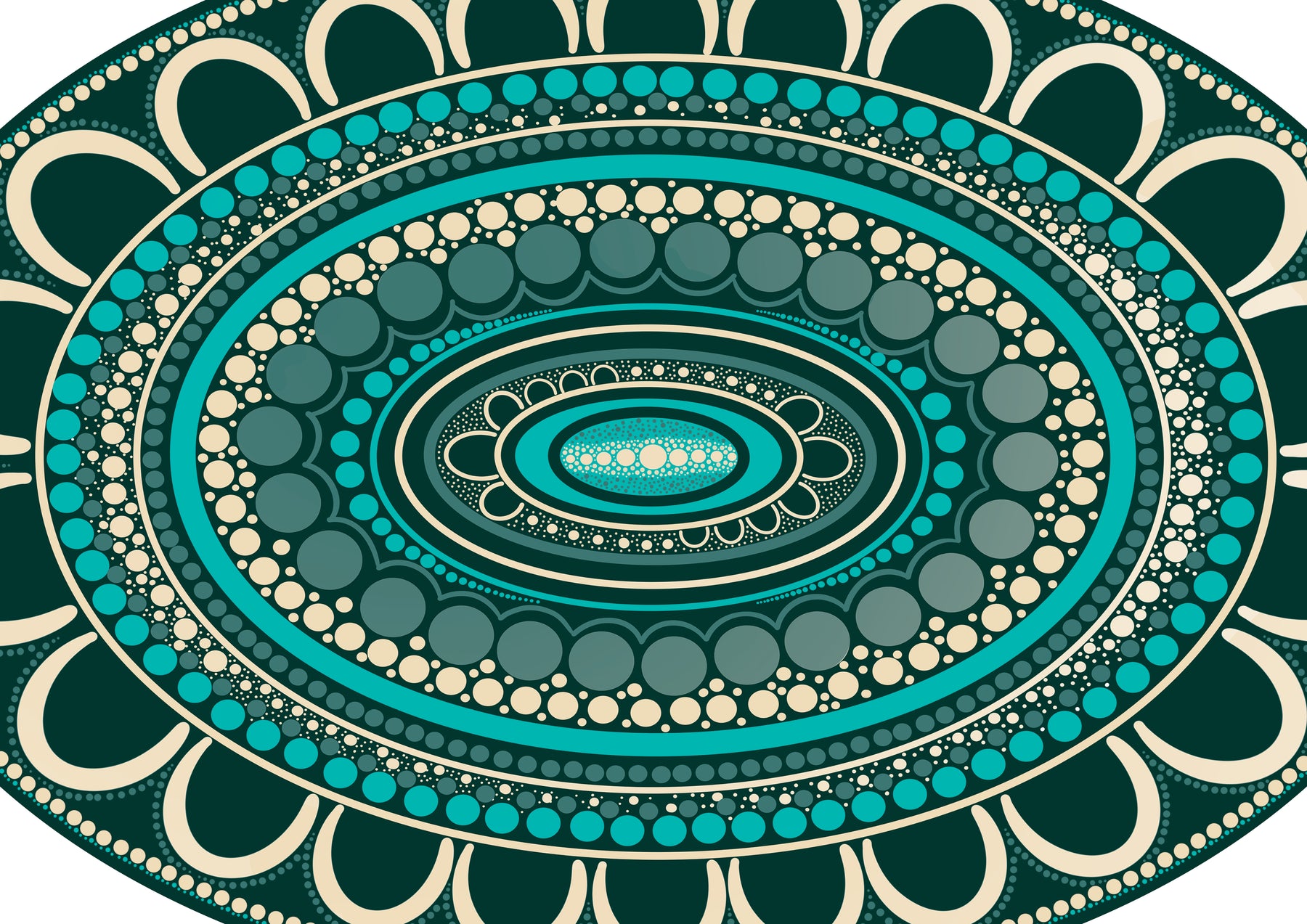
Benefits of Yarning Circles in Kindergarten
The Enriching Impact of Aboriginal Yarning Circles in Kindergarten
In the realm of early childhood education, fostering a sense of community and mutual respect is fundamental to nurturing the young minds of our future. Aboriginal Yarning Circles, rich in the tapestry of Indigenous Australian culture, present a unique and powerful avenue for achieving this. Through the simple, yet profound act of gathering in a circle to share stories, children absorb invaluable lessons in listening, empathy, and unity.
This article delves into how educators can foster participation in Yarning Circle activities and underscores the benefits of such gatherings in kindergarten settings. We place a special emphasis on integrating educational and culturally enriching elements like Indigenous classroom rugs, which are not only visually appealing but also serve as vital learning tools, aligning perfectly with the Early Years Learning Framework (EYLF).
Encouraging Participation in Yarning Circles
Engaging children in Yarning Circle activities can be a fulfilling experience, significantly enhanced by the use of educational rugs designed to capture their imagination and curiosity:
-
Introduce a Yarning Stick and a Central Rug: Utilize an object, such as a Yarning Stick, to indicate whose turn it is to speak. Positioning it on a beautifully designed Aboriginal Art Yarning Circle Rug not only adds a focal point but also pays homage to tradition. These rugs act as vibrant centerpieces, drawing children into the circle and fostering eager participation.
-
Create a Welcoming Environment with Preschool and Classroom Rugs: Use resources like the Bushwalk Bushtucker Rug and the Under the Sea Dreaming Rug to craft a visually stimulating and culturally enriched environment. These educational rugs do more than invite children to sit and engage; they embed educational content directly into the classroom, supporting the EYLF's goal of creating engaging learning spaces.
-
Storytelling and Listening on a School Rug: Kick off with storytelling sessions that incorporate Indigenous culture and history, all while seated on a comfortable school rug that welcomes children to gather. This initiates a culture of listening and respect, pivotal in the development of young learners.
-
Incorporate Songs and Music, Enhanced by Educational Rugs: Enhance the atmosphere with songs and music reflective of Aboriginal traditions, using an Indigenous classroom rug as the gathering spot. This deepens the connection to the culture and encourages more open participation.
-
Use Visual Aids on Classroom Rugs: Employ visual aids that complement the stories being told, making the experience more immersive. A preschool rug adorned with thematic designs can act as a backdrop for these visual storytelling sessions.
-
Positive Reinforcement on a Teacher Rug: Foster and praise children for their participation, listening, and sharing, reinforcing the positive dynamics of the Yarning Circle. A teacher rug symbolizes a special area in the classroom dedicated to positive interactions and learning.
Benefits of Yarning Circles in Kindergarten
Yarning Circles provide a plethora of benefits to young learners:
- Enhanced Listening Skills: Essential for effective communication and empathy.
- Cultural Awareness: Introduces and discusses Indigenous cultures, promoting diversity and inclusion from an early age.
- Emotional Intelligence: Aids in understanding and expressing emotions, as well as in recognizing and responding to others' emotions.
- Community and Connection: Fosters a sense of belonging and community, crucial for early social development.
- Encourages Inclusivity: Ensures equal participation opportunities, promoting inclusivity and mutual respect.
- Supports Oral Language Development: Boosts vocabulary and oral language skills, laying the foundation for future learning.
In summary, Aboriginal Yarning Circles transcend mere storytelling; they are potent educational tools that nurture the social, emotional, and cognitive development of young children. By weaving Yarning Circles into kindergarten activities, educators offer a culturally rich learning experience that champions inclusivity, empathy, and community. This approach not only prepares children for a more understanding and respectful society but also honors the ancient wisdom of Australia's First Nations people. The integration of educational rugs into these activities further enriches the learning environment, making it more inviting, comfortable, and visually stimulating, all in line with the Early Years Learning Framework's objectives.


